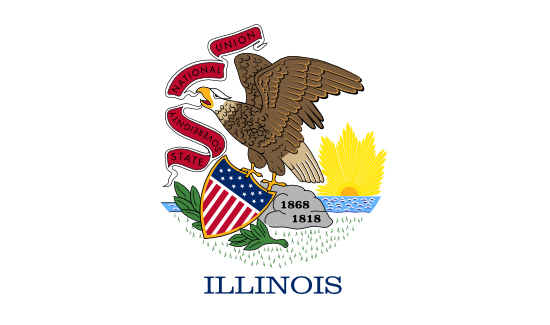
Naperville
- County:
- DuPage County
- County Seat:
- No
- Area (mi²):
- 39.368
- State:
- Illinois
Naperville is a city located in DuPage County, Illinois. Naperville has a 2025 population of 153,124 . Naperville is currently growing at a rate of 1.3% annually and its population has increased by 2.47% since the most recent census, which recorded a population of 149,434 in 2020.
The median household income in Naperville is $150,937 with a poverty rate of 4.36%. The median age in Naperville is 40.1 years: 40 years for males, and 40.3 years for females. For every 100 females there are 98.3 males.